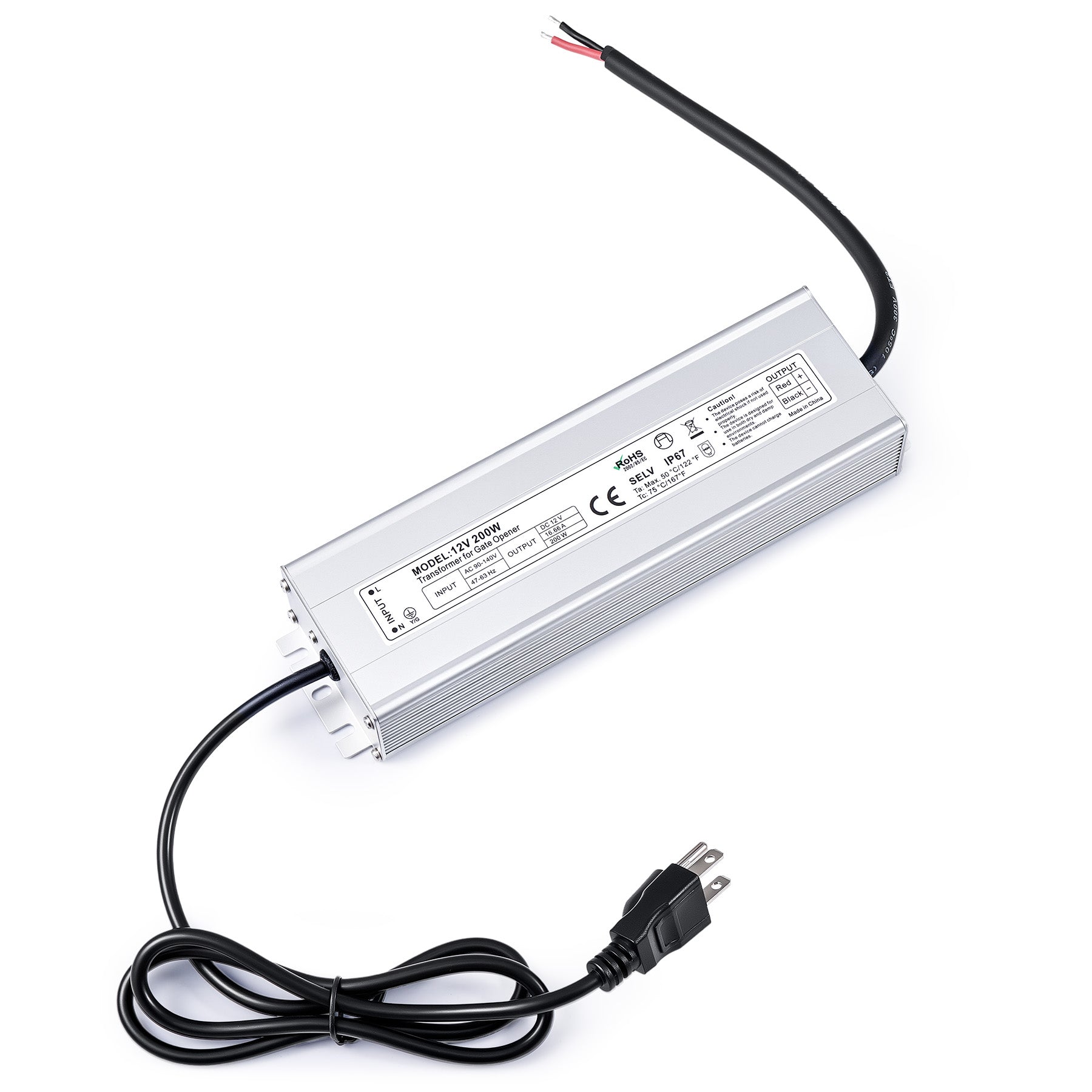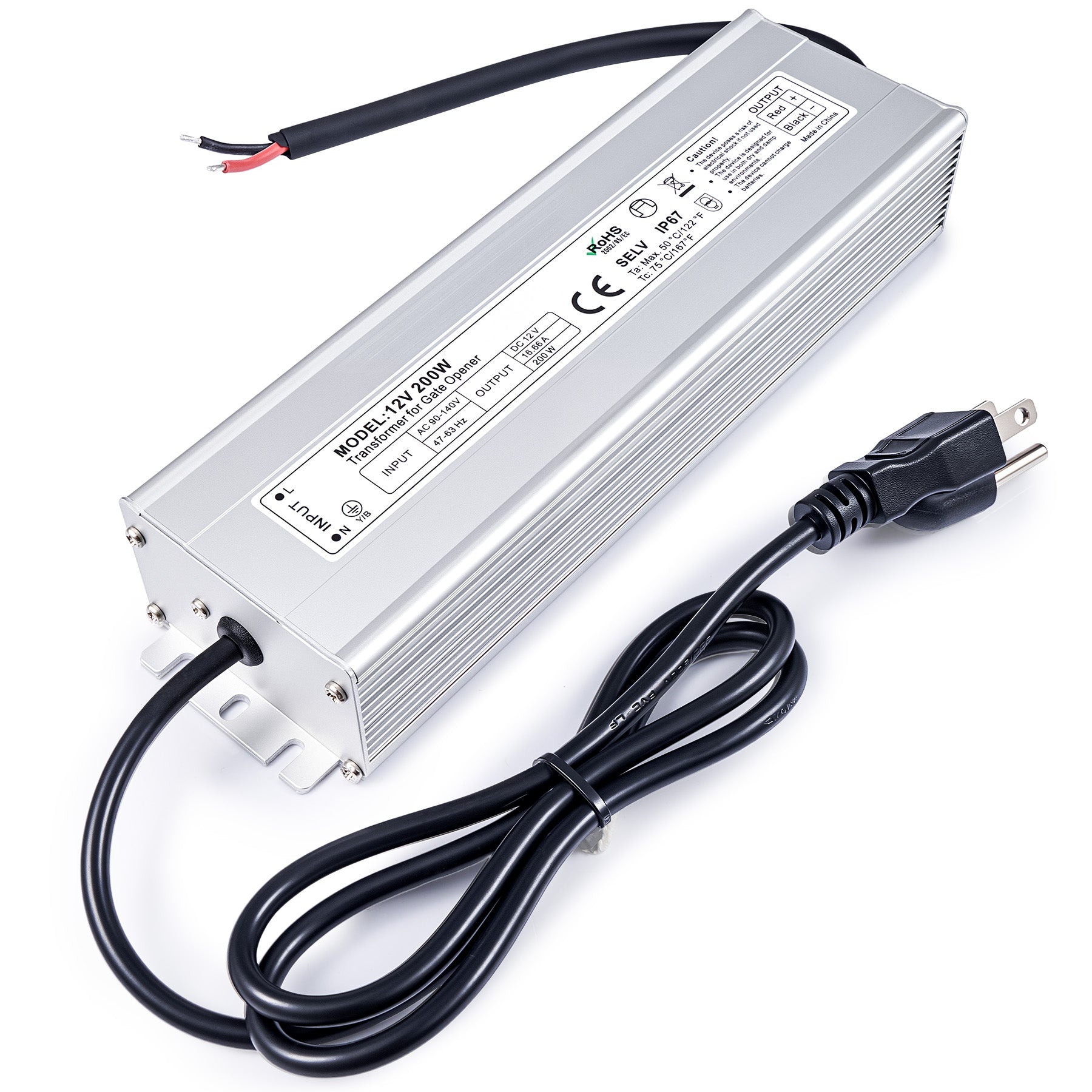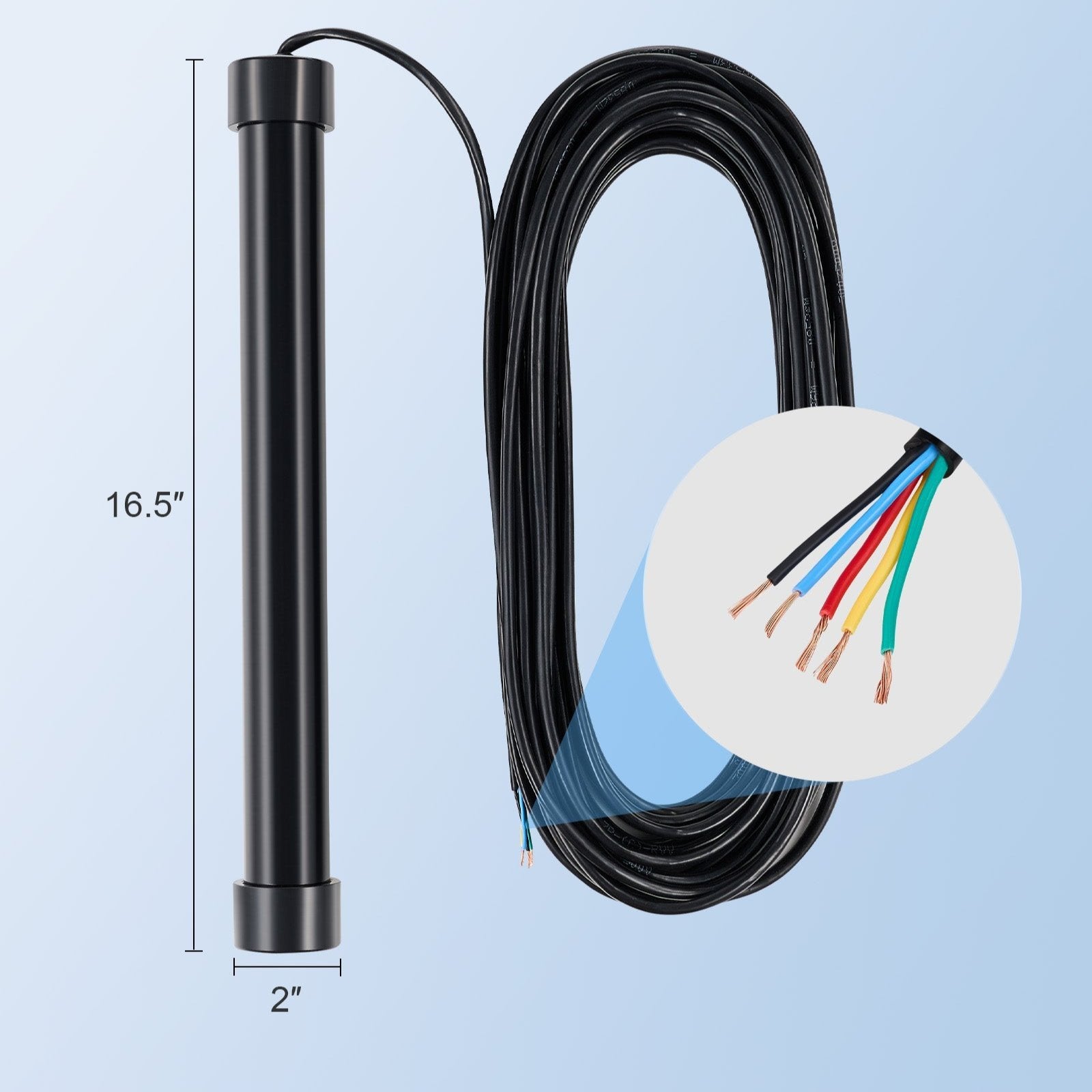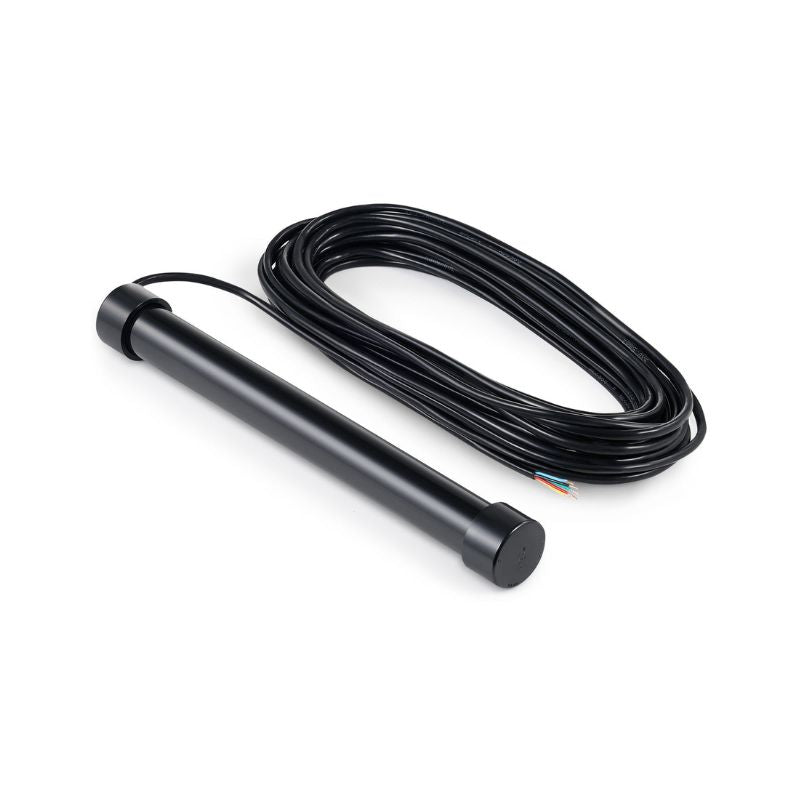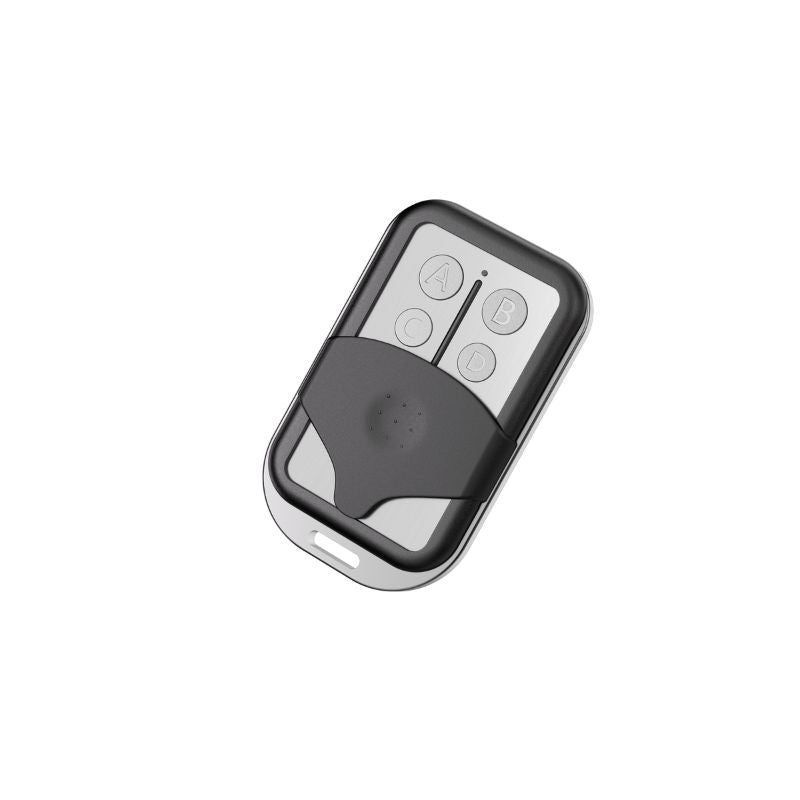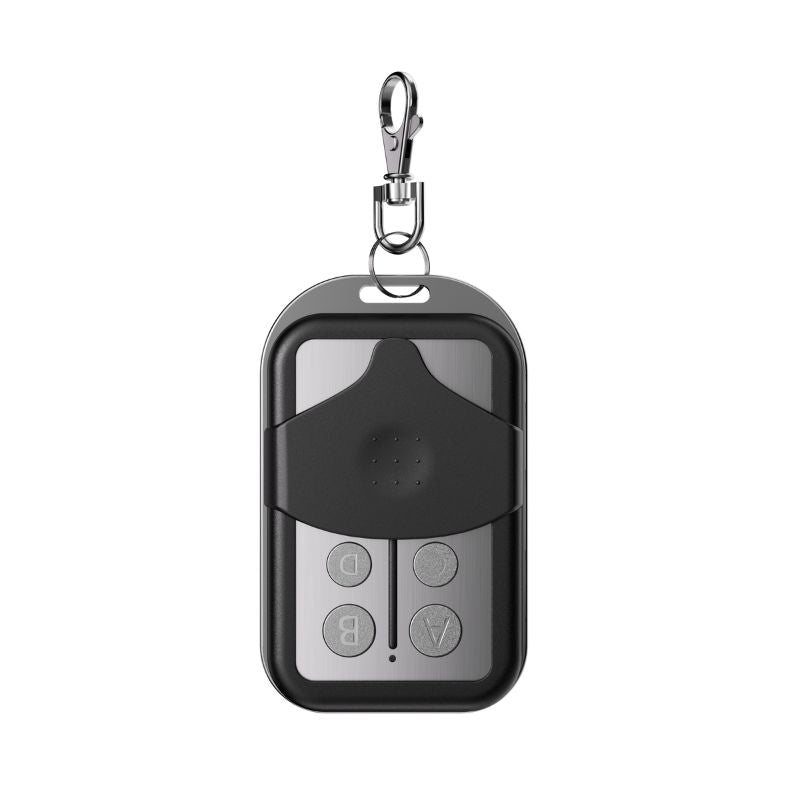Driveway maintenance is about taking measures to ensure your driveway not only lasts the long term but also remains clean, aesthetically pleasing, and safe for your kids and pets.
To preserve your driveway, you must know how to get oil stains off, seal the driveway, clean it, repair cracks, pressure wash it, and secure it from intruders.
Here are the 7 must-know trips for your driveway gate.
1. How to Get Oil Stains Off a Driveway
To remove oil stains from your driveway, use dish soap and hot water (for simple stains), baking soda (for fresh stains), or WD or commercial degreasers (for tougher or bigger oil stains).

i. Use Dish Soap & Hot Water
Hot water and dish soap are best for removing smaller oil stains from a driveway. Follow these steps:
- Blot fresh spills with paper towels.
- Apply dish soap directly onto the stain.
- Scrub with a stiff brush and hot water.
- Rinse with a hose or pressure washer.
ii. Use Baking Soda or Cat Litter (For Fresh Stains)
Baking soda or cat litter can also be used for fresh oil stains on your driveway.
Follow these steps:
- Cover the stain with baking soda or cat litter.
- Let it sit for a few hours (overnight for best results).
- Sweep up and discard.
iii. Use WD-40 or Commercial Degreasers
To wash off oil stains from your driveway, use WD-40 or a commercial degreaser. Follow these steps:
- Spray WD-40 or a commercial degreaser on the stain.
- Let it sit for 10–15 minutes.
- Scrub with a brush and rinse thoroughly.
2. How to Seal a Driveway
It is important to seal your driveway at least once every 2-3 years. Sealing protects against cracks, moisture, and stains.
 Steps to Seal a Driveway
Steps to Seal a Driveway
- Clean the driveway thoroughly (sweep and pressure wash).
- Fill cracks with a crack filler and let it dry.
- Apply a sealant (choose asphalt or concrete sealer depending on your driveway type).
- Use a squeegee or roller to spread the sealer evenly.
- Let it dry for at least 24–48 hours before using the driveway.
3. How to Clean a Concrete Driveway
The best cleaning methods for a concrete driveway are water and soap, baking soda and water paste, and a mix of vinegar and water.
- For a basic cleaning, mix water, and dish soap, scrub with a stiff brush, and rinse.
- For stains, make a solution of baking soda, water, and paste. Then scrub with a hard brush and rinse.
- Use a mixture of vinegar and water (1:1 ratio) or commercial concrete cleaner for deep cleaning.
- If your driveway gate has mold or mildew, apply a bleach-water solution, scrub, and rinse.
4. How to Repair Cracks in a Driveway
Cracks on a driveway allow water to seep in, leading to further damage. Follow these steps to repair cracks in your driveway.
- Clean the cracks: Use a wire brush or pressure washer to remove the debris.
- Fill small cracks (less than 1/2-inch): Use a liquid crack filler or concrete patching compound to fill in the small cracks. Smooth out the filled cracks with a putty knife.
- For larger cracks (above 1/2 inch), use patching cement or a cold asphalt patch to fill asphalt driveways. Compact the material firmly into the crack.
- Let it dry out completely before driving on it.
5. How to Repair a Driveway
If your driveway has potholes, major cracks, or uneven surfaces, here’s how to fix it:
For Concrete Driveways
- Patch small holes with a concrete resurfacer.
- For larger damage, consider a professional resurfacing or re-pouring of the concrete.
For Asphalt Driveways
- Use a cold patch asphalt filler for potholes.
- Tamp it down firmly and let it cure.
- Sealcoat after repairs to extend its lifespan.
6. How to Pressure Wash a Driveway
To pressure wash a driveway, sweep the driveway first and apply some degreaser before using the pressure washer.

Follow these steps:
- Sweep the driveway to remove loose debris.
- Apply a degreaser or cleaning solution for tough stains.
- Use a pressure washer (recommend at least 3000 PSI for concrete).
- Start at the highest point and work downward in sections.
- Use a wide spray nozzle to prevent damage.
- Rinse thoroughly and let it dry before use.
7. How to Secure Your Driveway
Get a Driveway Gate
A driveway gate is one of the most practical and effective ways to restrict access to your driveway and boost home security.
- To choose a driveway gate for your home, go for a solid aluminum metal gate that not only secures your driveway but also adds a touch of class and style to your home.
- Based on the layout of your driveway, you can go for sliding or swing gates.
- You can also choose a driveway design that best matches your overall aesthetic and personal preferences.
Recommended Driveway Gates
Install an Automatic gate
An automatic gate not only secures your gate, but it also adds convenience and ease of access.
- It can be controlled via a remote, keypad, or smartphone app. No need to step down from your car to open the gate.
- If you own a swing gate, you can choose a single swing gate opener or double swing gate opener based on your driveway layout.
Recommended Automatic Gates Openers
How to Build an Affordable Automated Driveway System
To get a completely automated driveway, you need a driveway gate and an automatic gate opener. It is more affordable to start with a good quality driveway gate, and then later add an automatic gate opener to upgrade.
The Brooklyn Style Dual Swing Driveway Gate, for instance, is designed to provide maximum security and a touch of style and class.
In the long run, you can upgrade to a solar gate opener or electric gate opener when it is more (financially) convenient.
More Driveway Maintenance Tips
- Sweep regularly to remove dirt, debris, and leaves.
- Hose down or pressure wash occasionally to prevent stains from setting.
- Seal cracks promptly to prevent water from seeping in and causing further damage.
- Avoid heavy loads if your driveway isn’t designed for them.
- Apply a sealant every 2–3 years to protect the surface from weather, stains, and wear.



